Being in full evolution with new technologies and stricter demands in 2025, MEP (mechanical, electrical, and plumbing) engineering has many issues that engineers must tackle with smart and proactive solutions. Here then are the top ten challenges that the MEP world will face, each paired with a suitable solution.
-
Tight Project Timeline and Coordination Pressure
Challenge:
Construction schedules are getting more and more aggressive, and MEP teams are pressured to enter late with the execution of this very late schedule. Quite often, coordination with architects and structural engineers becomes difficult in a tight project timeline. Late orders, miscommunication, and duplicated efforts inculcate delays and redesigns that turn out to be costly. When time is tight, an unusually rushed commissioning of systems might affect quality and safety standards. These timings also put significant loads on the design and site teams.
Smart Solution:
When BIM (Building information modeling) is adopted, all teams can work from a single model. BIM provides for early clash detection and minimization of rework during construction. Weekly coordination meetings with the aid of cloud collaboration tools enable all stakeholders to remain informed. It is therefore extremely preferable to have MEP involvement very early in the design phase when integrating the MEP components for better project flow.
-
Challenge in Meeting the Growing Demand for Green and Sustainable Designs:
Governments and clients have been ever more pressed to be certified for green building standards such as LEED and BREEAM. This may mean taking measures to limit energy consumption, to be low on emissions, and to address indoor environmental quality concerns. Engineers must somehow fit the sustainable systems without raising costs. The right balance between environmental objectives and conventional performance targets is sometimes difficult to maintain.
Smart Solution:
Energy modeling in the early phases of a project could inform a reasonable understanding of environmental considerations affecting the building. This stands to further enhance sustainability by designing for an energy-efficient HVAC system, lighting, and plumbing without compromising on function. Next comes the installation of renewables wherever it makes sense—renewables being solar or geothermal systems. It would be wise to educate clients regarding the long-term savings that accompany green investments in efforts to get their backing.
-
Complex Code Compliance and Regulations
Challenge:
Codes and regulations are getting extremely complex, particularly in cities under a constant flux from frequent amendments. Engineers must ensure the design not only satisfies safety codes but also conforms to performance and accessibility codes. Retaining the design through inspection would mean the other major factor in time delay and legal liabilities. The international projects further require an understanding of local compliance requirements.
Smart Solution:
Continual training and certification have to be pursued and are essential in tracking changes in codes. Digital tools help by checking designs against the latest codes and standards automatically. In complicated projects, hiring a local code expert helps minimize the chance of overlooking requirements. This is additionally why proper documentation and record-keeping assist in traceability and quicker approvals.
-
Labor Shortages and Skill Gaps
Challenge:
This construction sector is facing a shortage of skilled labor, more so in the specialized MEP-related jobs. A seasoned lot is controlling their retirement within the skills-related domain, whereas fewer youngsters are being absorbed into vocational training for maintainability. It puts pressure on existing staff and delays project timelines. The incomplete training can further deteriorate with quality and safety issues.
Smart Solution:
Labor should be trained and upskilled through in-house training and apprenticeship programs. Apprenticeships with technical institutes to build a pipeline of skilled workers go a long way. Increased automation and in-house prefabrication of MEP components reduce dependence on site labor. This also means increased speed in project delivery and a reduction in human errors made possible by the use of AI-based design tools.
-
Managing Cost Constraints While Ensuring Quality
Challenge:
Clients urge designers to install systems that perform well under tight budgets. This leaves little room for design flexibility under the given limit. It is getting harder to find materials that are cheap yet very reliable. The location and how to conduct the balancing act between cost and quality call for deliberate consideration and justification. Check out our latest blog post on How Routine Hydro Jetting Can Maintain Commercial Drains.
Smart Solution:
Using life cycle cost analysis will let the client see how much money is saved over an extended period of time relative to the initial cost. Methods that save energy and require less maintenance need to be considered by engineers. Working together with suppliers and value engineering will provide ways of reducing cost without losing function. Independent systems and off-site fabrication can serve well in reducing labor and waste of resources.
-
Integration of Smart Building Technology
Challenge:
With buildings getting smart, integrating sensors, automation, and data systems with MEP infrastructure is becoming challenging. IoT-based or cloud-based solutions may not additionally be compatible with the traditional system. The engineers have to see that every operation can digitally interact, from HVAC to lighting. Coming into play now are security, scalability, and interoperability issues.
Smart Solution:
MEP systems should be designed using open protocols and be future-ready interfaces. Early-stage planning should involve collaboration with IT and automation consultants. The use of centralized building management systems (BMS) would ensure full sight and control over operations. Also, training MEP staff to have expertise in smart technology ensures smoother implementations and maintenance.
-
Limited Space for MEP Installations
Challenge:
Modern buildings will prioritize usable space and therefore leave very narrow voids for MEP installations. Knowing the difficulties involved with designing ductwork, piping systems, and electrical conduits, there will really be a lot of trouble trying to fit these systems into very tight spaces. Poor spatial planning causes clashes that lead to expensive redesigns and modifications. Another challenge posed by compact layouts is maintenance.
Smart Solution:
3D BIM models visualize the MEP systems within structural limits. Engineers can go for slimline components or multi-purpose systems that will help save space. In a scenario of limited space, prefabricated modules built off-site are adjustable and will contribute to a shorter installation time. Coordination must be done with the architect at the earliest for successful layout planning.
-
Data Management and Digital Overload
Challenge:
Watching over all kinds of design tools, file versions, and clouds is so chaotic. If you lose track of one version or just work with an outdated model, usually it will not turn out right. Different teams will have different platforms, and that will make coordination hard. Without a standardized data model, this is the team that will lose productivity.
Smart Solution:
Use a single, centralized data management platform to store all project files. Establish version control and naming conventions that are commonly accepted by all teams. Make as much use of cloud-based solutions as possible, allowing anyone to interact and edit in real time. Train your team in digital best practices to clear any confusion and increase productivity.
-
Safety and Fire Compliance in High-Rise Projects
Challenge:
Fire protection systems, evacuation plans, and redundancies in systems all face peculiar challenges when it comes to high-rise buildings. Mechanical and electrical engineers must provide for and integrate smoke extraction systems, fire alarm systems, sprinkler networks, and other fire safety systems so that they comply with applicable codes; improper design or absence of redundancy in a life safety system could jeopardize the lives of many.
Smart Solution:
Fire and smoke simulation may be run using different conditions. Be sure to design with redundancy in place so that in any significant situation, a backup system is available to take care of life safety. Work together with fire protection engineers through the design and construction phases of a project so that all fire systems are well documented for inspection and maintenance purposes.
-
Sitting and Running Against Rapid Technological Changes
Challenge:
MEP is flooded with emerging technologies: digital twins, artificial intelligence, new HVAC systems, and other advanced materials. It requires a rapid adaptation while simultaneously managing ongoing projects. Firms that do not innovate run the risk of falling behind.
Smart Solution:
Create a culture of innovation through encouragement for trying out things and learning. Half of the budget should be devoted to R&D and pilot projects. Work with tech vendors to get updates about new solutions. Dismantle fully integrated solutions and train teams in new approaches to facilitate a smooth transition.
Summing Up
Meanwhile, MEP engineering in 2025 is now more complex and challenging. These challenges have resulted in opportunities for innovation and growth. Contact us. Foresight in addressing challenges, combined with smart solutions, will enable engineers to implement buildings that are efficient, sustainable, and ready for the future. Planning, teamwork, and continuous learning will serve as the ultimate keys to success shortly.

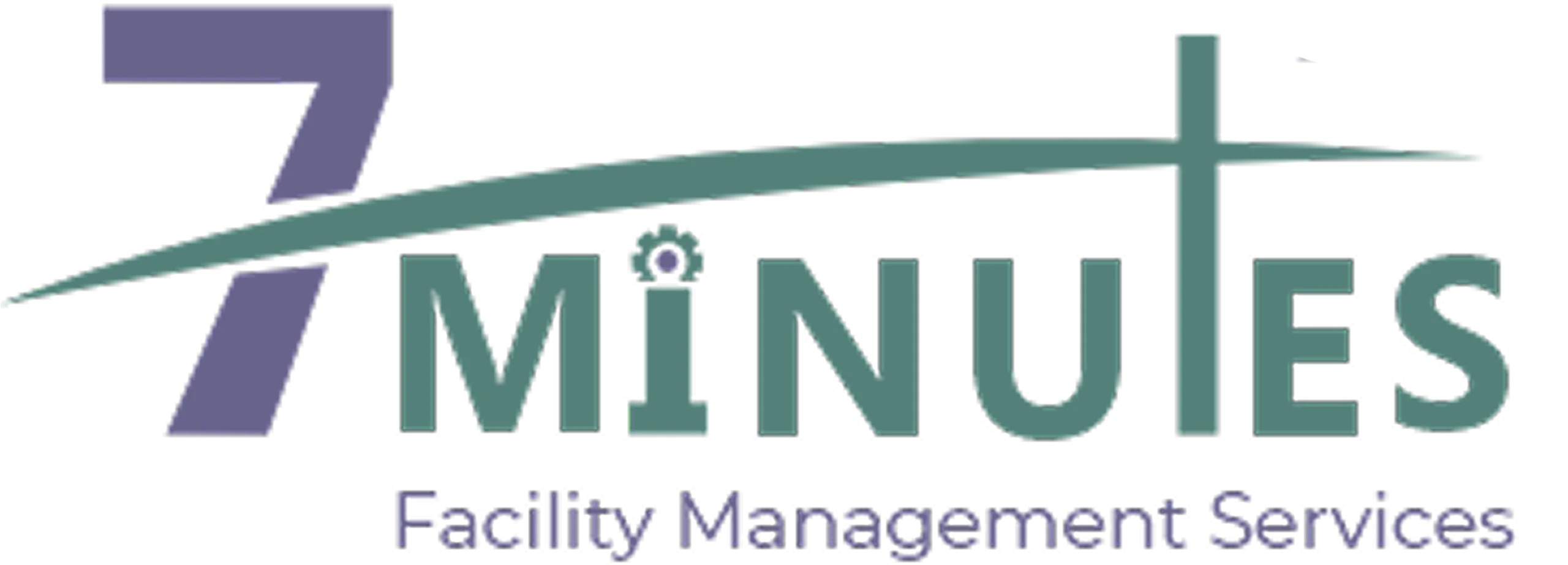
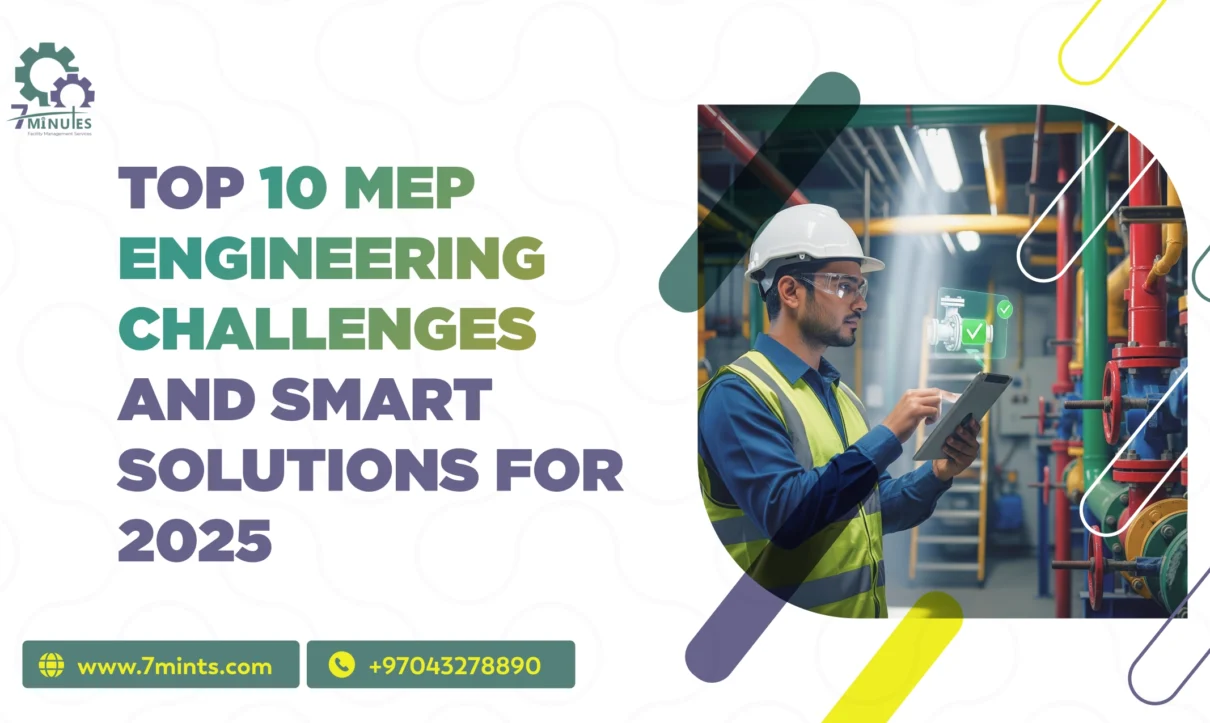
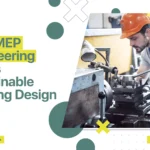
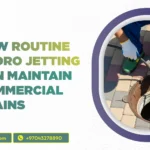


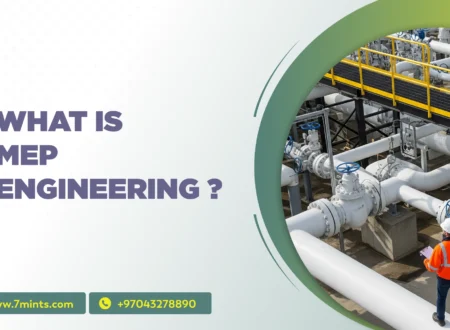
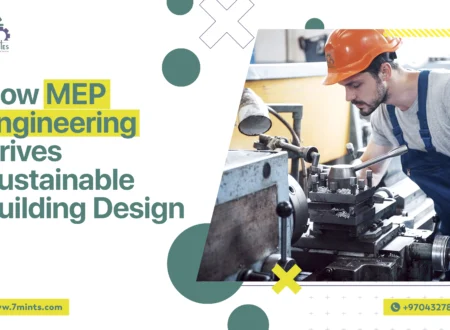

1 Comment
Comments are closed.